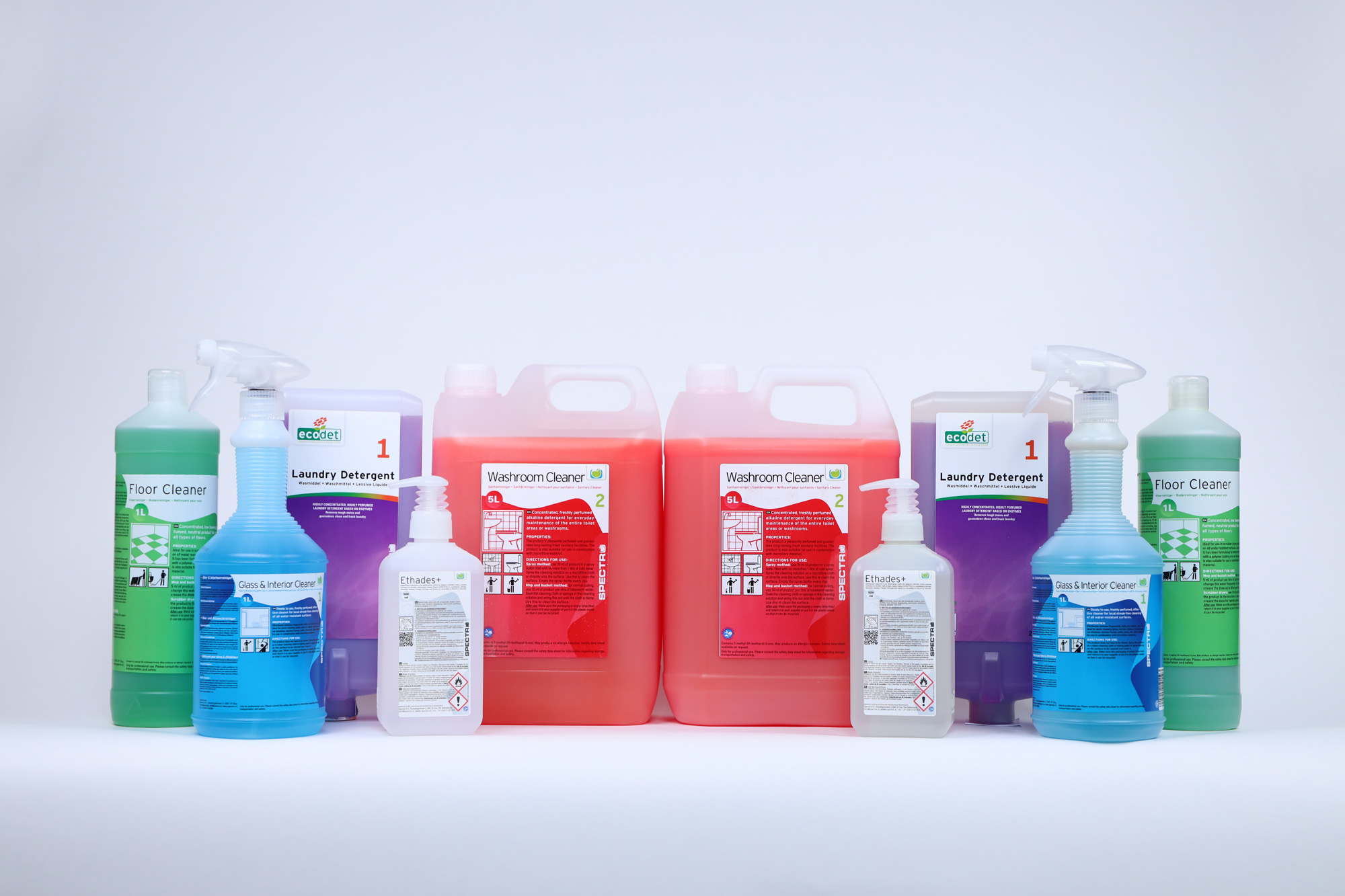Switching to packaging made from recycled plastic sounds easy. Yet we are running into some bumps. Nevertheless, we continue to do what we can. For example, three of our ‘runners’ will get a new look this year. But for next steps, we can really use your help!
“Technically it is possible to make packaging that consists of 100 percent recycled plastic,” says buyer Rob Kuijpers. “Yet we don’t always opt for that yet. Take the three packages we are going to modify. Those will soon consist of 50 percent recycled material. This is due to three important bottlenecks.”
Bottleneck 1: Getting used to it takes time
“Purchasers from government agencies are increasingly asking for sustainable packaging materials. Furthermore, there is still little attention to it in the market,” Rob says. “So we take the initiative to adapt packaging ourselves, but then we want it to remain easily recognizable. In fact, recycled plastic looks slightly different from virgin plastic: less transparent and a little yellow-brown. Customers have to get used to that. That takes time.”
“By the way, the makers of packaging also have to get used to it,” Rob says. “Some producers don’t want to work with recycled material yet. Partly because the material is currently still more expensive than the virgin variant. For one of our packaging we therefore switched producers. That was quite a hassle. For example, we had to move the mold, which weighs a few tons and where it then also remains to be seen whether it will fit on the new producer’s machines.”





Bottleneck 2: Laws are strict
The rules for packaging made from recycled plastic are strict. That makes the switch complicated and procurement more expensive. Rob gives three examples:
- The use of recycled material in UN-approved packaging is still difficult. There seems to be an improvement in this by 2025.
- During transport, used packaging must be empty. But what exactly is empty? The rules are so precise that many people find them confusing.
- By no means can you put every product in recycled packaging. That rule is there to prevent harmful substances from the plastic from getting into the packaged product.
“The last point makes sense for cosmetics,” Rob explains. “Of course, you don’t want hand soap getting contaminated and people washing their hands with it. For the cleaning products we supply, the laws just don’t have to be so strict. But we do have to take them into account.”
Bottleneck 3: Collection can be improved
Recycling plastic is only possible if used plastic is also collected properly. Rob: “We help our customers do that. We supply containers that clearly state what is allowed in them. We take these containers back free of charge when we visit the customer. But unfortunately very little packaging is returned.”
“We don’t really know why that is,” Rob continues. Do we need to provide more education? Or can we somehow make it easier for our customers? Tips are welcome!”
Long breath
All the bottlenecks combined make recycling plastic packaging quite a challenge. “That’s why we’re doing it in phases,” Rob said. “We are now moving toward packaging with fifty percent recycled plastic. We are stepping up that percentage. By the end of 2025, we expect to be at one hundred percent. This puts us ahead of the legislation that is going to come from the EU. From 2030 the amount of plastic recyclate must be at 35% and by 2040 at 65%.”


